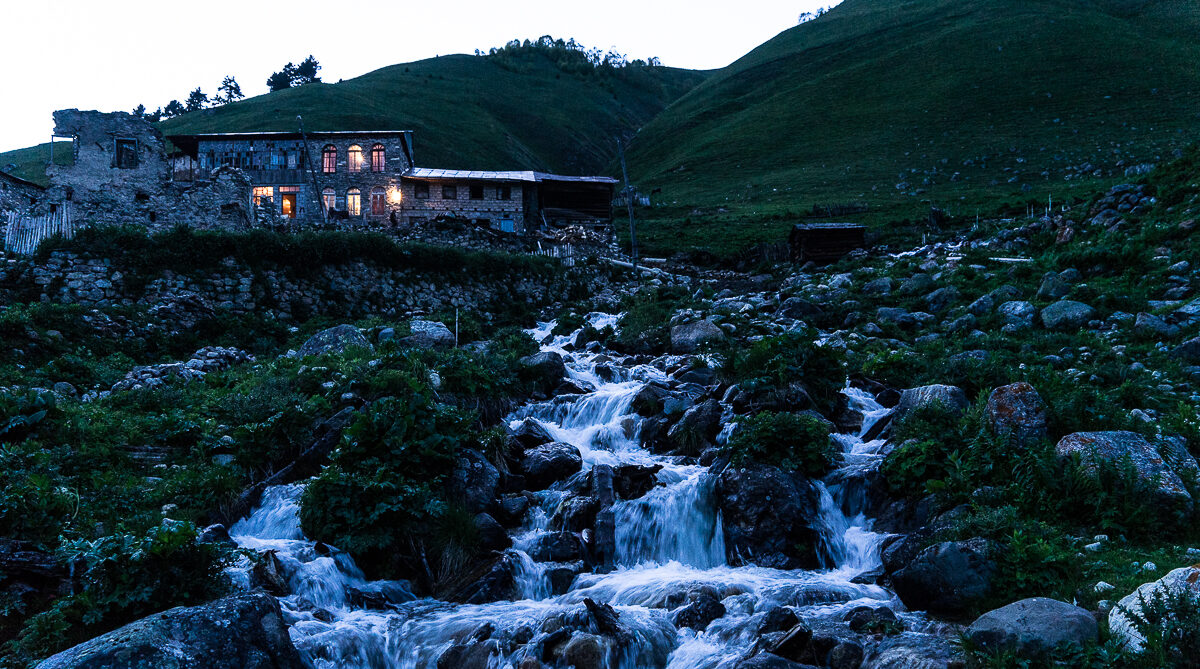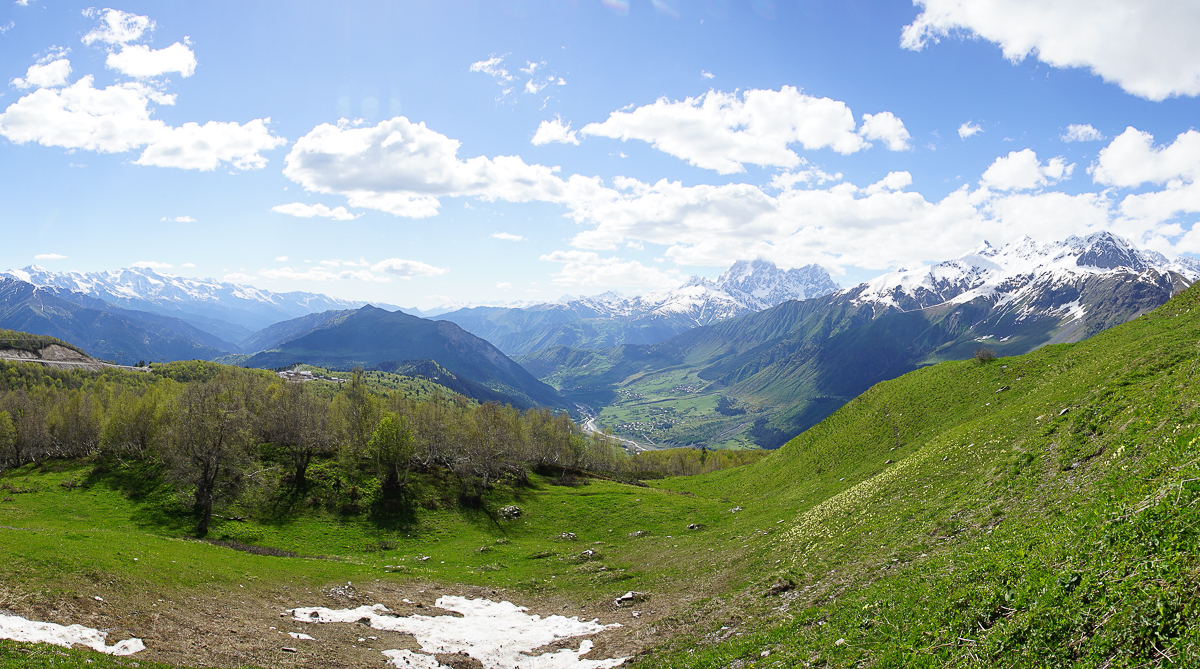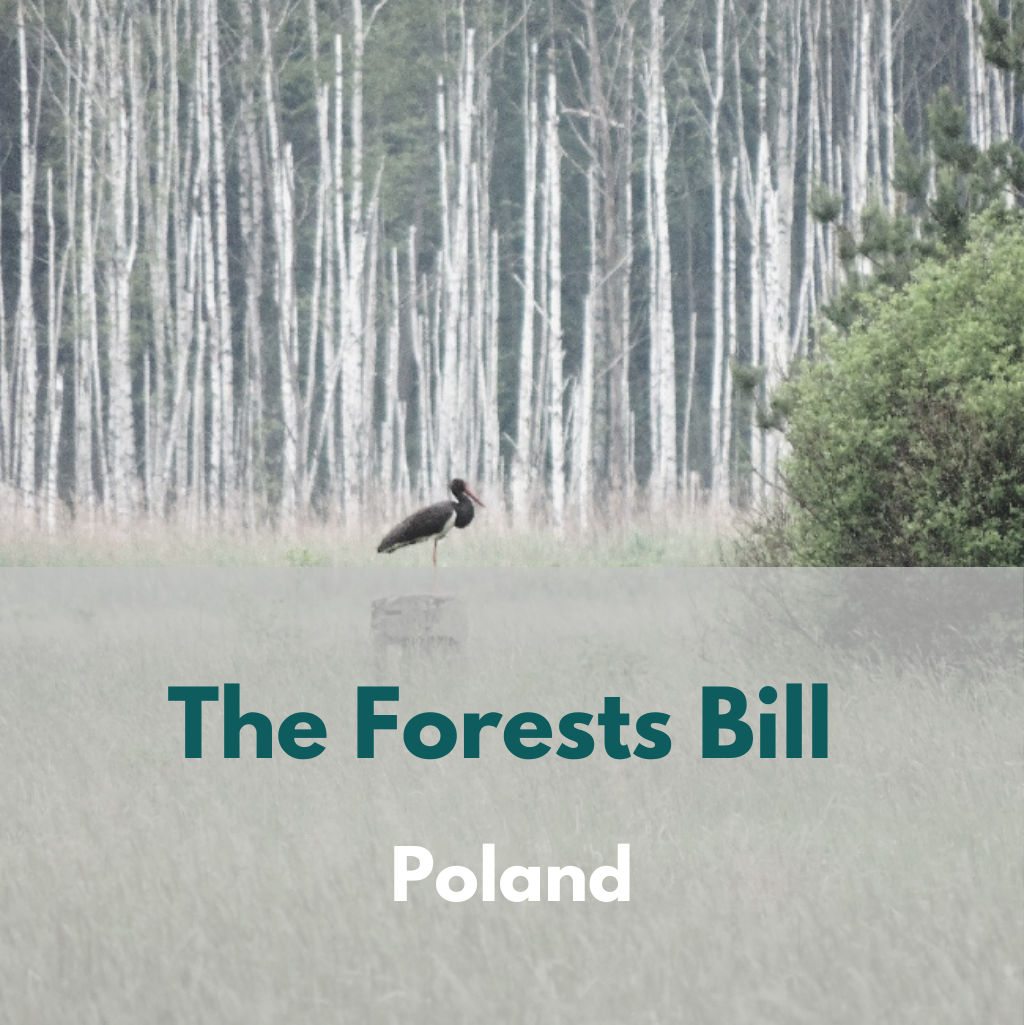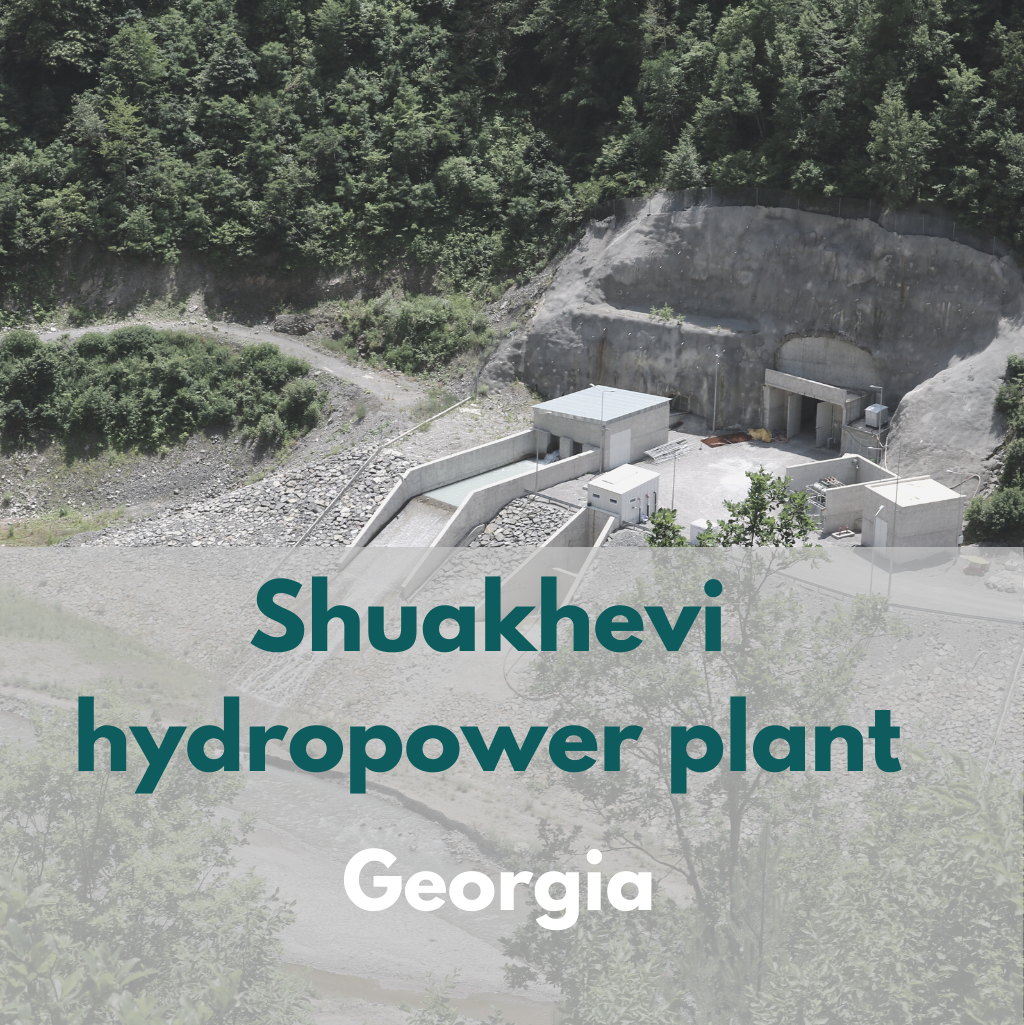The Nenskra hydropower plant
Country: Georgia
The Nenskra hydropower plant is one of over 120 planned hydropower plant projects in biodiversity sensitive areas in Georgia. The impacts of these plants have been poorly assessed or overlooked completely.
The 280 MW Nenskra project includes the construction of a 130 metre high dam on the Nenskra river, flooding up to 300 hectares of forests and communal lands in the proposed Emerald site “Svaneti 1”. The project plans the construction of two tunnels (12.4 kilometres and 15.1 kilometres) to bring water from the Nakra river (on the other side of the mountain) to the Nenskra reservoir and then to the powerhouse, leaving approximately 35 kilometres of the Nenskra and Nakra rivers with almost no water.


The project is proposed to be funded by a number of international financial institutions, such as the EIB, the Asian Development Bank (ADB), Asian Infrastructure Investment Bank (AIIB) and the EBRD. Out of these, the EBRD and EIB have already approved loans for the project in February 2018.
In October 2015, the Project received an environmental permit from the Ministry of Environment, and after three months the Government excluded all territories relevant for hydropower plant construction from the proposed Emerald site “Svaneti 1”. Later, the Government of Georgia proposed several smaller sites to compensate for this reduction.
In 2017, based on a survey conducted by Balkani Wildlife Society, the NGO Green Alternative submitted a complaint to the Bern Convention Secretariat alleging that the Georgian government had violated the Bern Convention by giving permission to build the Nenskra hydropower plant on a proposed Emerald site and threatening the destruction of significantly protected habitats and species, such as the brown bear, lynx, greater horseshoe bat and Alpine longhorn beetle.
Experts at the 2017 Biogeographical seminar in Tbilisi assessed the Emerald Network in Georgia and concluded that the reduction of ‘Svaneti 1’ and other sites has brought insufficient protection for species and habitats, even if the newly proposed small sites were added as protected territories.
On 19 March 2019, the Bureau of the Standing Committee of the Bern Convention required the government to provide a number of documents addressing the findings of the Biogeographical seminar to allow the Bureau to make a determination on the case. In its decision on the case, the Bureau noted the need to consider the relative quality of the proposed compensation site and the initial site and the need ‘to identify and designate an additional site with freshwater habitats to compensate the loss and to further work towards the completeness of the Emerald Network in Georgia’. It instructed the Secretariat ‘to request a new report [from] the national authorities for its first annual meeting in 2020 and to invite the NGO to comment on the authorities work and progress in the frame of the complaint’.
Despite such requests, the Georgian government disregarded the Bern Convention’s recommendations to their procedures for proposing and establishing Emerald Network sites in Georgia, and even pushed to exclude 12 proposed sites from the list of officially nominated candidate Emerald sites in Georgia.
The Nenskra and Nakra valleys include some of the best preserved forests, other natural habitats and habitats of species in the Great Caucasus. Allowing the destruction of such habitats is a clear example why Target 2 – Maintain and restore ecosystems of the EU Biodiversity Strategy 2010-2020 was not met in this instance. Despite the fact that the Nenskra hydropower plant is funded partially with EU funds, the mechanisms of offsetting and no net loss (NNL) of biodiversity were used to allow its construction in areas that should be forbidden.
It is notable that during the 39th meeting of the Standing Committee of the Bern Convention (December 2019), the Committee examined and adopted the updated list of officially adopted Emerald Network sites from Georgia, but also noted the necessity to re-evaluate the sufficiency of the Georgian Emerald Network in light of the changes to the site proposals.








